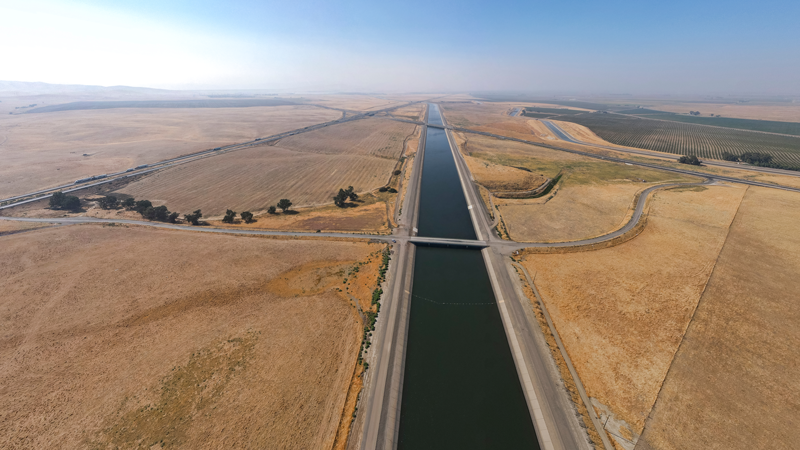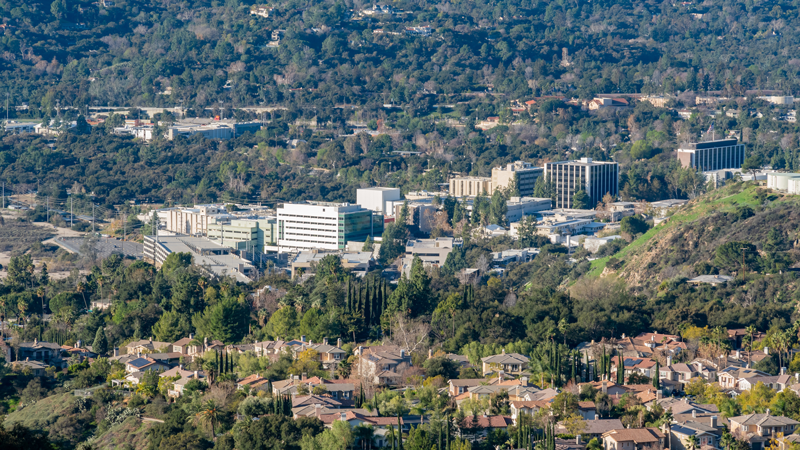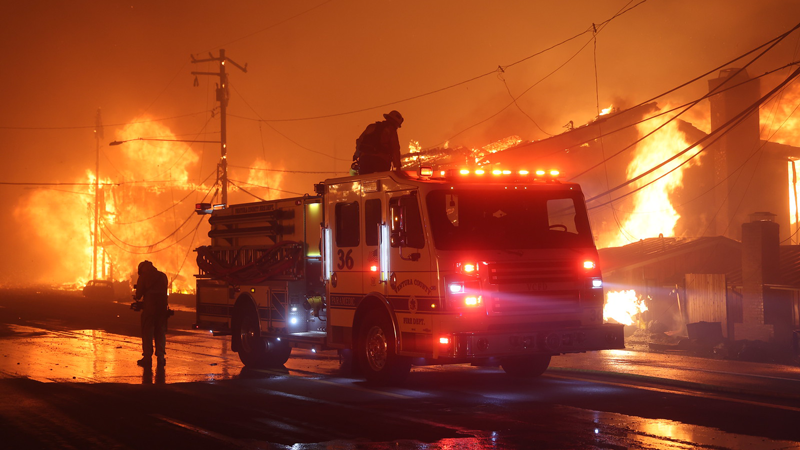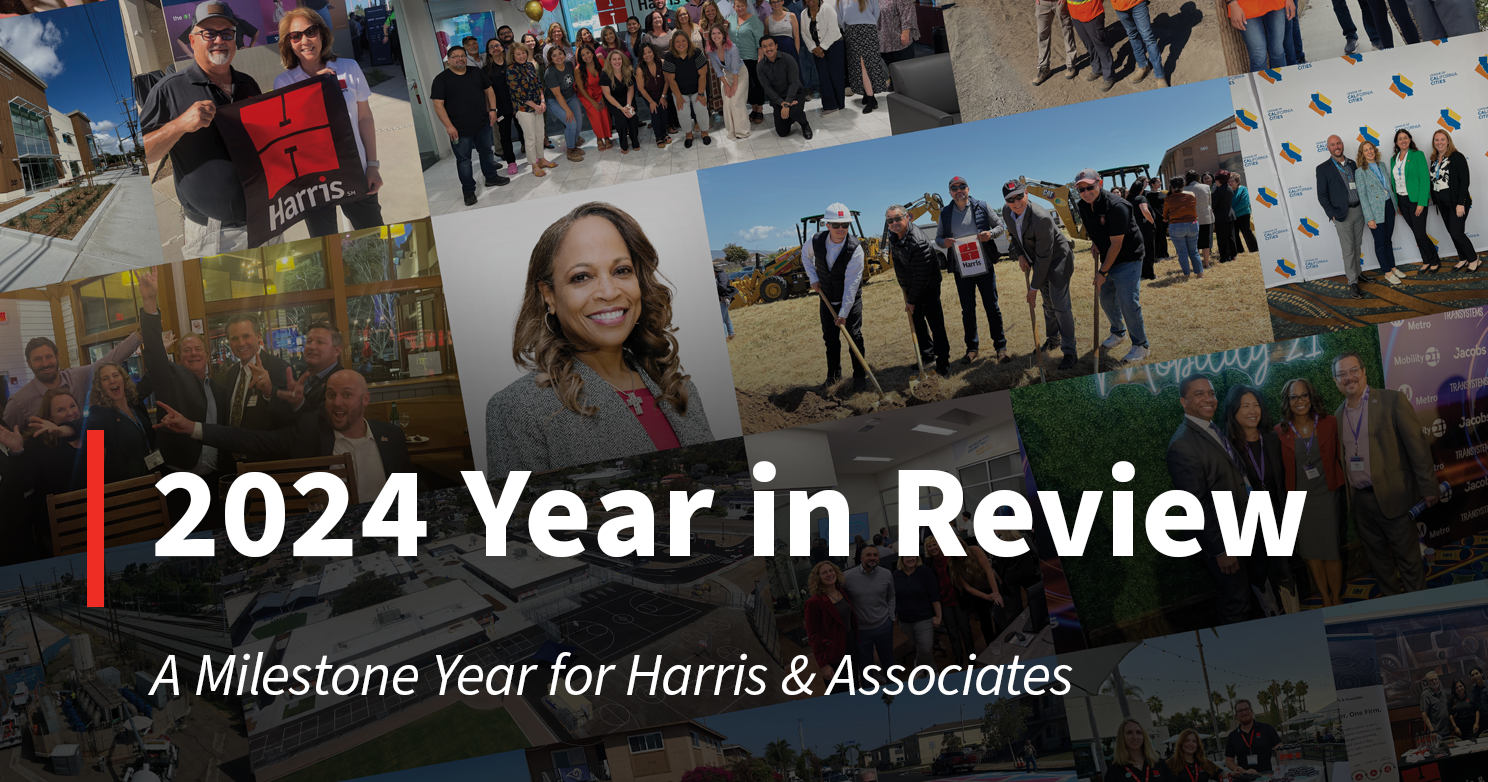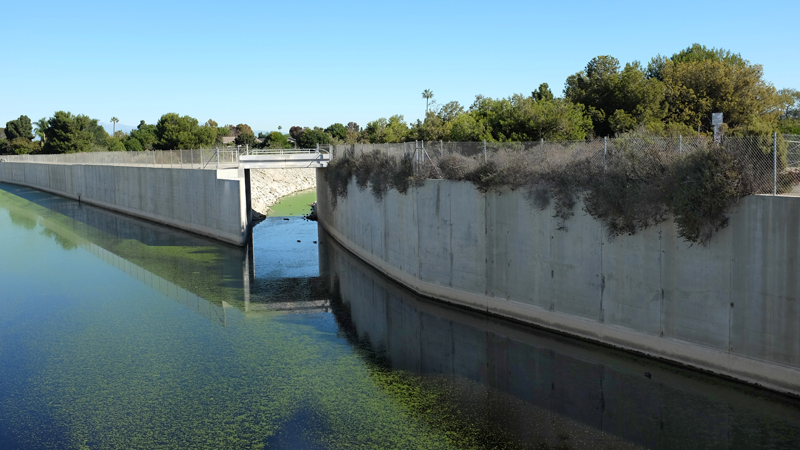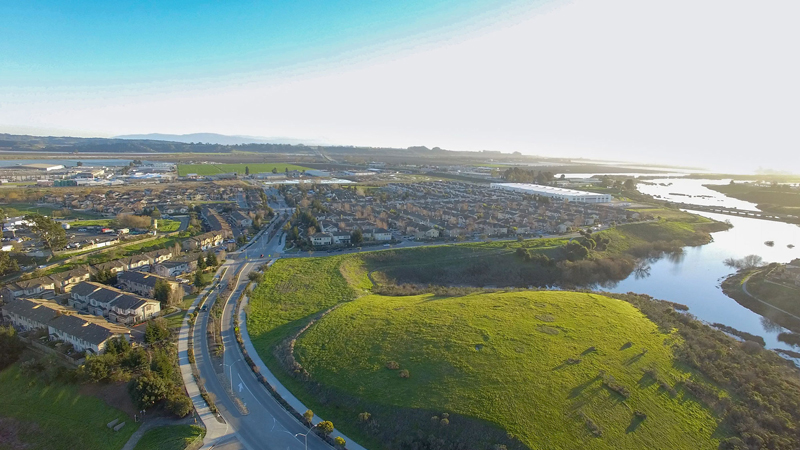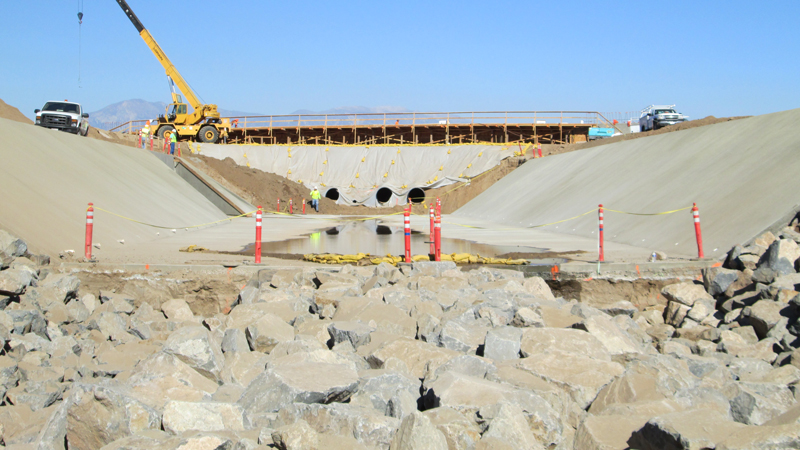Blogpost
6.5 minute read
February 25, 2016
As we Californians have learned so painfully during this most recent drought, all water is precious. But not all water is managed or funded equally.
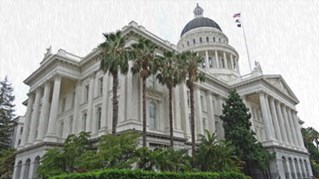
If water in California was a puzzle, stormwater would be the piece that just didn’t fit. Unlike water and wastewater, stormwater has never been elevated to essential utility status. Local municipalities must find their own funding mechanisms to pay for stormwater services.
There’s a push to change all of that. First, voters must approve a ballot initiative that would amend the state Constitution. This potential initiative for the November 2016 election was filed by The California State Association of Counties, the League of California Cities and the Association of California Water Agencies.
I recently spoke with Mitch Avalon who is working on the initiative. Mitch is a consultant to the County Engineers Association of California. He shed some light on the facts behind the stormwater amendment—and why all Californians should get behind it.
FL: Why is this amendment needed?
MA: The short answer? Our health, safety, and environment depend on it. California municipalities don’t have the means to properly manage stormwater services. If we stick with the status quo, more people will get sick, more beaches will close, the risk of flooding will go up and the effect of those floods will be more severe. Most people aren’t looking at this crisis because the drought is the one we feel every day.
Truth is, stormwater is a valuable resource. That’s why the State Water Board and the Clean Water Act regulate it and require our communities to manage it. But it’s an unfunded mandate. Every year, local municipalities have to take money from other funds like police, fire and parks to manage stormwater services. That’s not a sustainable model.
If we finally establish stormwater as an essential utility, just like drinking water and wastewater, then communities can decide if or how they want to fund their stormwater infrastructure and services.
FL: What would the amendment do?
MA: The amendment would give municipalities options. It would build on Proposition 218 and place the protections and funding tools for all sectors of California water into one section of the Constitution. Local governments would gain the same authority to fund stormwater operations as water and wastewater districts currently have to fund their operations. We could finally tackle water management needs in a comprehensive way.
FL: Why wasn’t the law written that way in the first place?
MA: Prop 218 requires taxpayer approval of property-related assessments and fees. When it was being prepared in 1995, exemptions were granted for drinking water, sewer and refuse collection because they were considered essential services. Few counties had much experience with stormwater permits at that time, and stormwater was not viewed as a resource or considered the same stature as water or wastewater.
FL: Why does stormwater matter so much?
MA: When we treat stormwater properly, we can use it to our advantage. When we don’t, it can be detrimental to us in many ways.
New State policy calls for using stormwater to recharge groundwater supplies, which were in dire need of recharge even before the drought. But a lot of stormwater starts out polluted, collecting all kinds of chemicals and toxins from our fields, streets, and old mines. Without treatment, we’re essentially poisoning our own well.
Polluted stormwater also flows into our local waterways—oceans, lakes, streams, and rivers. Frankly, stormwater is the lifeblood for all species in the watershed, including us. This is a fact we intuitively understand, but we don't seem to act on it.
Many of our streams and rivers are now listed as impaired because of pollution. Fish ingest mercury and other chemicals, which hurt their health and the health of anyone who eats them.
FL: Some of the statistics are pretty alarming.
MA: Oh absolutely. Beach closures due to polluted stormwater are increasing, with ripple effects. About 1.8 million people get sick each year after swimming near LA County beaches. These illnesses in LA and Orange Counties result in $51 million in annual healthcare costs. And beach-related economies suffer. It’s a $3.5 billion industry in LA County alone.
Think about it: If something in our food caused even a few people to get sick, we’d get busy tracking down the cause to prevent a public health emergency. Where is the public concern when 1.8 million people get sick?
FL: You mentioned flooding earlier. That may be tough to comprehend during a time of extreme drought.
MA: I know it’s hard to sell storm drains and flood control when you’re in the fifth year of a drought. But we all know the rain will come. We can’t have a short-term memory.
When we control stormwater properly, we prevent flooding; without proper maintenance of pipes or up-to-date controls, our flooding areas will continue to grow.
A recent State report noted that one in five Californians live in a floodplain and $575 billion in structures are exposed to flood risk. However, these statistics are based on FEMA maps, which are used strictly for insurance purposes. If you add in the properties protected by flood control facilities not on FEMA maps, the numbers are far higher.
Flood control districts are notorious for being underfunded—each year, more maintenance is neglected and flooding risk gets higher. The numbers in Contra Costa County, for example, are scary: $5 billion in structures are exposed to flood risk according to the State report, but taking into account the FEMA maps, $25 billion in structures are protected by flood control facilities. This shows the value of flood control infrastructure. The old saying of an ounce of prevention being worth a pound of cure certainly applies here.
FL: What do you want people to understand about this initiative?
MA: Some people may incorrectly believe that it’s an attempt to reform Prop 218. Or that they’re voting on another tax. Quite the opposite: this amendment is building on Prop 218. And after it passes, residents still have full power to determine what comes next.
The amendment gives local municipalities the options they need to do what’s best for their area. They can do nothing or they could move ahead and assess the scope of service and develop a rate structure, then have public hearings to get approval for a stormwater fee. Any fee that’s adopted is subject to reduction or repeal by ballot initiative at any time, and there’s an annual audit of the funding sources.
The value of the initiative is its flexibility, letting a local community choose what it needs. Communities have the freedom to add lifeline rates to help low-income residents. They can also employ conservation rates—giving discounts for those who treat and reuse stormwater or charging more for those with an overly high usage. Given the Governor’s mandate to reduce water use, these are valuable tools.
FL: What happens if the initiative doesn’t pass?
MA: The health and economic problems I mentioned earlier will continue. Communities across California will stretch their resources too thin, and the backlog of stormwater projects will grow bigger. Eventually, something is going to give, there will be a breaking point. And the cost will be far higher in the future to repair what we long ignored than the minimal cost per homeowner now of this sustainable stormwater solution.
I certainly hope it doesn’t come to that. This is an historic opportunity for Californians to recognize stormwater as a valuable resource—one we can use to help solve our water needs for a very long time.
```````````````````
What are your thoughts on California’s stormwater situation and the proposed new initiative? We want to hear from you!


